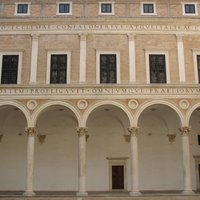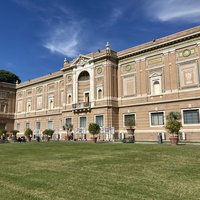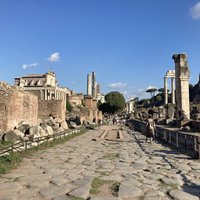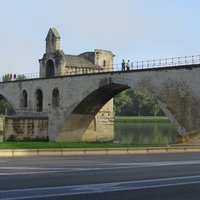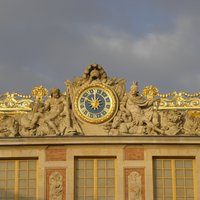Connected Sites
-
"From July 1717 to November 1718 Urbino hosted the court of James Stuart the exiled pretender to the British throne, who had the strong backing of the Papacy." (Wikipedia)
See en.wikipedia.org
-
"After a lingering illness, James died aged 77 on 1 January 1766, at his home, the Palazzo Muti in Rome, and was buried in the crypt of St. Peter's Basilica in present-day Vatican City." (Wikipedia)
See en.wikipedia.org
-
"After the unsuccessful invasion of 1715, James lived in Papal territory (...). Pope Clement XI offered James the Palazzo Muti or Palazzo del Re in Rome as his residence, which he accepted." (Wikipedia)
See en.wikipedia.org
-
After the failure of the Battle of Sheriffmuir (1715), James went to Avignon where he was received with all the honours by the papal vice-legate. Many Jacobites joined him, forming a community of around 400 people, of different faiths.
See fr.wikipedia.org
-
"Young James was brought up at the Château de Saint-Germain-en-Laye, which Louis XIV had turned over to the exiled James II. Both the ex-king and his family were held in great consideration by the French king (who was his first cousin), and they were frequent visitors at Versailles where Louis XIV and his court treated them as ruling monarchs."
See en.wikipedia.org

